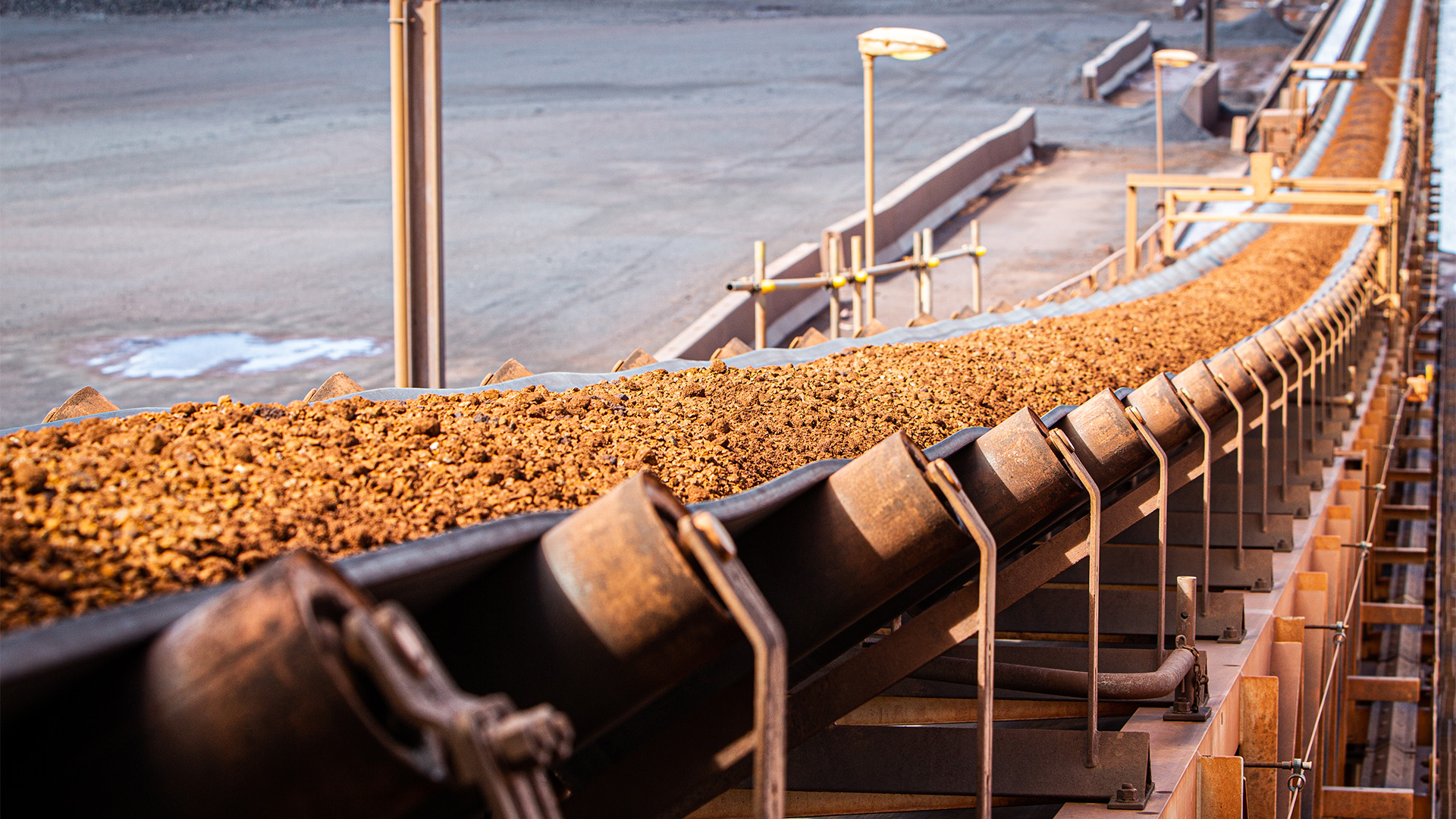Watch markets in Asia and Australia slide today when trading resumes in Asia – the plunge in manufacturing activity in China in February was starling, much worse than any forecasts and will trigger a new round of instability, especially with COVID-19 cases outside China growing faster than inside that country.
A late rebound on Wall Street and in ASX futures in the final minutes of trading on Friday won’t matter very much after one of the worst surveys of Chinese manufacturing activity recorded.
In short, manufacturing activity among big companies collapsed from late January to last week, according to the February survey of large manufacturing companies from the country’s National Bureau of Statistics (NBS).
It showed what some had feared – because of the coronavirus, factory activity in China contracted at the fastest pace ever in February, even worse than during the GFC, highlighting the terrible damage to the world’s second-largest economy (and Australia’s biggest trading partner).
A second survey of small and medium companies from Markit and Caixin magazine is out later today and will now be very closely watched to see if the weakness at the higher end of the sector is evidence at the bottom.
The size of the fall will be at the top of the agenda at tomorrow’s Reserve Bank board meeting – it does bring the prospect of an interest rate cut closer from this meeting.
China’s official Purchasing Managers’ Index (PMI) fell to a record low of 35.7 in February from 50.0 in January.
That was well below the 50-point mark that separates monthly growth from contraction and well under the 46 reading forecast by market analysts and economists. That reading of 35.7 equates to a deep recession.
As well pointed out on Sunday, this survey was the first official look at the impact on the Chinese economy since the outbreak of the coronavirus epidemic at the start of the Lunar New Year in late January.
That virus has killed almost 3,000 people in mainland China and infected about 80,000 and brought activity in the world’s largest manufacturing sector to a halt.
In fact, it would be true to say that there’s every chance the Chinese economy will be in recession in the current quarter, especially if this terrible reading is repeated in March to any degree.
Reuters reported that Nomura now expects first-quarter growth to be 2% year-on-year while Capital Economics says China’s economy will contract outright in year-on-year terms this quarter, the first time since at least the 1990s.
According to the NBS output lunged to a reading of just 27.8 vs 51.3 in January, new orders slumped to 29.3 vs 51.4) and new export orders (28.7 vs 48.7) all slumped. Buying levels plummeted (29.3 vs 51.6) and employment contracted as well (31.8 vs 47.5).
Input price inflation slowed (51.4 vs 53.8), while selling price dropped to 44.3 vs from 49.0. Looking ahead, business sentiment deteriorated sharply falling to 41.8 vs 57.9 in January.
A separate government survey on Thursday showed that production at China’s small- and medium-sized companies was just 32.8% of pre-suspension levels as of Wednesday, Many firms that have restarted work are running below normal capacity.
Next Saturday looms as a big test with China’s January and February trade data to be issued. Will the Chinese separate the two months (combined because of the timing of the Lunar New Year holiday in late January (The Chinese government has done that before).
However the data is reported, the impact will show up, particularly in exports.












